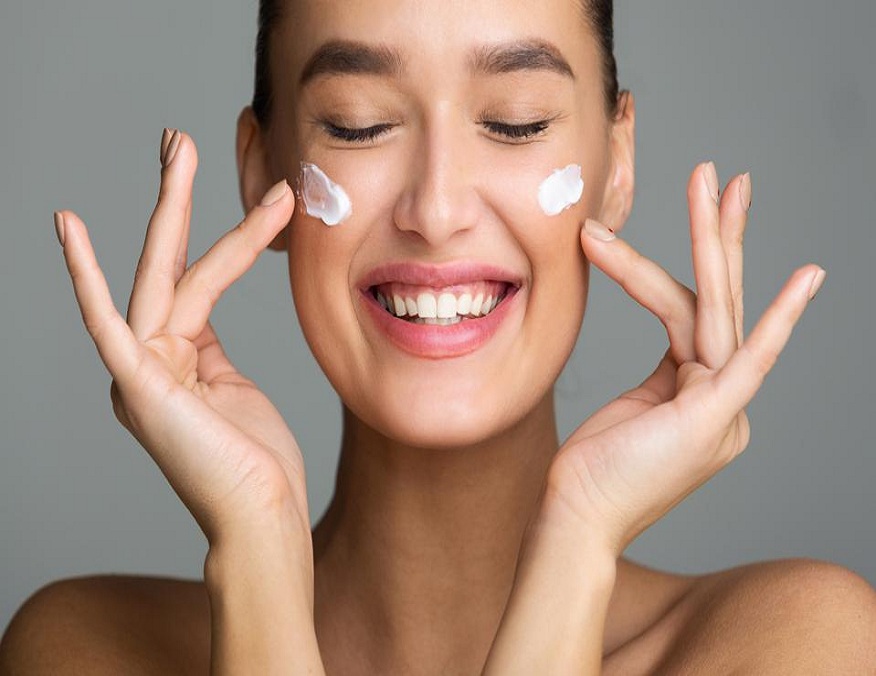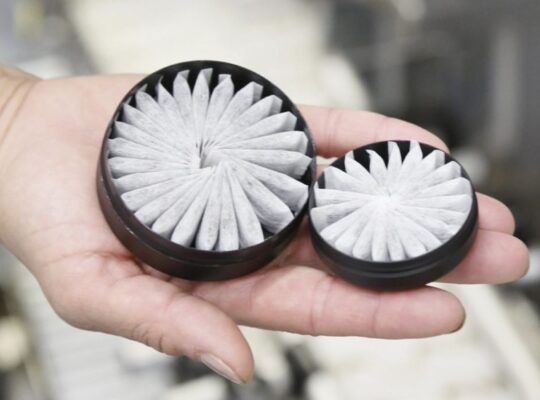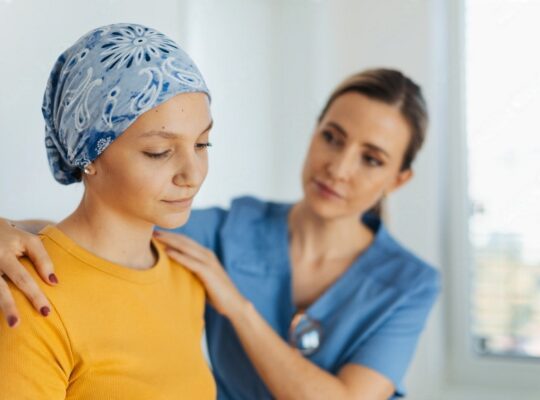The skin is an organ made up of the epidermis, the dermis and the hypodermis which work together to ensure 8 essential functions of vital importance:
- Protection against external aggressions
- Exchanges with the external environment
- Thermoregulation: it participates in maintaining the internal temperature of the body between 37° and 37°5
- Retain hydration
- Sensory function
- Metabolic function represented by the “production” of vitamin D
Immune functions: the skin is not only a barrier against microbial attacks, it is endowed with immunological properties that allow the individual to be defended against tumor proliferation
Social function: the skin, a visible organ, is at the interface between the individual and others. It participates in the construction of the self-image . The skin therefore occupies a privileged place in the feeling of being beautiful and in appearance, the importance of which in our contemporary Western society no longer needs to be demonstrated. Thus, women and, more and more often, men meet a dermatologist for an aesthetic request concerning a cutaneous and.
To perform these functions, the integrity of the skin must be respected. The exchanges should not be slowed down by the accumulation of waste on the surface of the skin. To play its role as a protective barrier, the hydrolipidic film on the surface of the skin must contain all the necessary substances. A lack of water, that is to say skin dryness, can affect it and make it unable to protect the body from the outside world.
We often don’t realize how important our skin is and why it needs to be taken care of.
Biological: cells in good condition, hydrolipidic film of the skin and its microbial flora (microbiome) in good condition, as well as the lymphatic, nervous and blood systems that irrigate the skin.
Healthy skin is recognizable because it looks beautiful and is free of blemishes . Both look and feel healthy skin is even, soft and smooth.
Healthy skin heals well, between 2 and 4 weeks for small wounds, and regenerates every 28 days by renewing its skin cells. To regenerate itself, the skin activates more significantly and always at night, the blood circulation of its micro-vessels in order to increase the supply of nutrients to each of these cells. The regeneration process continues throughout life: the top layer of your skin is not the same today as it was 1 year or even a month ago. The complexion of healthy skin that renews itself well is luminous.
WHAT IS UNHEALTHY SKIN?
Due to a virus, a fungus, a bacterium, an allergen, an imbalance of skin cells, genes, tobacco, pollution, stress, a lack of hygiene and/or care, a lack of water, … the skin can suffer and when it suffers, it shows signs.
Poor skin health can be associated with other health issues. The skin reflects what is happening underneath. We will only talk about skin problems here.
Among the factors that can make the skin ill, there are internal factors specific to each individual, genetic or acquired , and external factors that can be more or less controlled.
SIGNS OF PATHOLOGICAL SKIN
The most common symptoms are itching, redness, pimples, the presence of vesicles or blisters and dry skin. Painful skin can also pull, peel or shine.
SKIN DISEASES DUE TO INDIVIDUAL FACTORS
DRY SKIN AND CUTANEOUS ATOPY
Atopic skin (or atopic dermatitis, or atopic eczema) is a chronic inflammation of the skin of a genetic nature , with acute attacks. It is explained by an anomaly of the immune response and a deficiency of the cutaneous barrier and in particular of its microbiome (all the micro-organisms which are in the hydrolipidic film of the skin). It is manifested by red patches on the body and face, often intense itching and lesions that can lead to secondary infections. This disease appears after the age of 20 in 20% of patients , most often in men.
Ichthyosis (fish skin) is also a hereditary genetic disease which is expressed by an anomaly of the stratum corneum which thickens. The skin is dry and rough, dead skin peels off almost continuously.
OILY SKIN AND SEBORRHEA
SEBORRHEIC DERMATITIS
It is estimated that about half of all humans have a genetic predisposition to this pathology. However, this does not imply that they will actually develop this disease.
Much more common in men than in women, this skin disease mainly affects the face with symmetrical red patches (eyebrows, nostrils, nasolabial folds, retro-auricular folds) covered with fatty scales related to inflammation of the skin. Often taken for allergic reactions to cosmetics, seborrheic dermatitis is in fact linked to many factors: presence of yeasts, climate, stress, pollution, tobacco, etc.
ACNE
In acne, there is a strong familial predisposition. We now know that if both parents had acne, we are 25 times more likely to have it than a random person. Acne, which presents with red pimples and blackheads , is a disease of the pilosebaceous follicle (structure which includes the hair and the sebaceous gland). The increase in sebum secretion (hyperseborrhea), favored by the stimulation of male hormones (androgens), the thickening and hardening of the walls of the follicle (hyperkeratinization) and the inflammatory reaction due to small microbes explain the blackheads and the red buttons.
COUPEROSE AND ROSACEA
When it is the small blood vessels in the skin of the face that do not work well, we speak of couperose and rosacea. Blood tends to stagnate in the vessels of the face, causing them to dilate.







